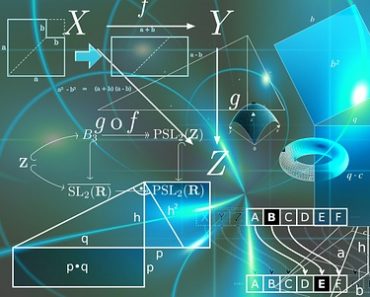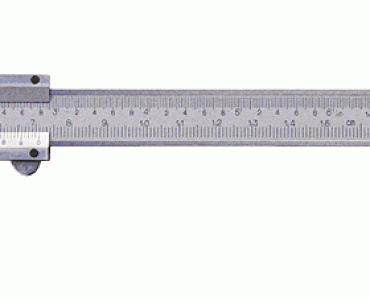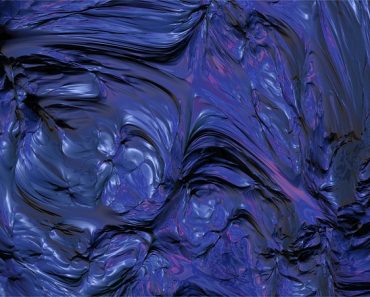Physics BSc. (TU Four Years) Question Paper 2072 | First Year
Full marks 100:
Candidates are required to give answer in their own words
The figures in the margins indicate full marks
- Write down the equation of clamped simple harmonic oscillator Find the expression for discplacement and discuss when we get oscillatory damped simple harmonic motion.
- What do you mean by plane progressive wave ? Obtain an expression for energy density of a plane progressive wave . How is it related to energy current?
- State second law of thermodynamics and derive Clausius- Clapeyron latent heat equation . Whhat is the importance of this equation?
- What is difference between ideal and real gas ? Obtain Van der waals equation of state. what is the importance of critical temperature?
- What is mean by electrical image ? Find the magnitude and location of a image charge due to a point charge near a conducting sphere and also obtain an expression for the electric potential and field at any exterior point in the case.
- What is discplacement current? Obtain Maxwell’s electromagnetic equation and explain on which law they are based ?
- What are kepler’s laws of planetary motion ? Show how the universal law of gravitation of newton has been derived from these laws.
- State planck’s formula for body radiation and derive it in terms of wavelength.
Distinguish between polar and non-polar molecules. Derive the Langevin- Debye formula for polar molecules and write the importance of this formula.
Answer any two questions
- Define moment of inertia and radius of gravitation of a rigid body, hence calculate the radius of gyration of a solid sphere rotating about its diameter if its radius is 0.05m
- Define poisson’s ratio of a material and show that its limiting values lie between -1 and 0.5.
- What do you understand by phase space, micro and macro states of a system ?
- Define self inductance and mutal inductance and obtain a relation between them.
Do all the Questions
- If a force F=Ax + Bx^2 acts parallel to x-axis on an object and moves it from x=1 to x=2 ,calculate the work done.
- What do you understand by joule-thomson expansion of a gas? IS the cooling effect ultimate result if joule Thomson expansion ? Discuss.
- Define The terms emissive and absorptive power. State kirchhoff’s law of radiation and discuss its importance.
- Discuss the importance of hystersis curve. How would you use the hystersis curve to select the material for the construction of a transformer ?
A Rocket of mass 20kg has 180kg fuel. The exhaust velocity of the fuel is 1.6km/s. Calculate the minimum rate of construction of fuel so that the rocket may rise from the ground. Also calculate the ultimate vertical speed gained by rocket when the rate of consumption of fuel is 20kg/s.
Calculate the rate of flow of glycerine of denstiy 1.25*10^3 kg/m3 through a conical section of a pipe if the radii of its ends are 0.1m and 0,04m and pressure drop across its length is 10N/m2
for silver, the molar specific heat at constant pressure in the range 50 to 100k is given by
Cp=0.076T-0.00026T^2 -0.15cal/k
Where T is the temperature in kelvin. If 2 mole of silver is heated from 50 to 100k calculate heat required and change in entropy
12. The molecular diameter of nitrogen is 3.55*10-^10m . Calculate the mean free path at temperature 27 degree and pressure at 1 atmosphere.
13. A 60 Hz power transformer (turns ratio 2:1) has a primary inductance of 100H and a d.c resistance of 20ohm. The coupling coefficient between primary and secondary is close to unity . IF 1000V is applied acorss the primary, calculate the current in the primary winding (a) When the secondary is open- Circuited (a) When the load resistance of 20 ohm is in the secondary circuit.
14. In the Bohr model of the hydrogen atom the electron circulates around the nucleus in a path of radius 5.1*10-^11 m at a frequency of 6.8*10^15 rev/sec
(i)What value of B is setup at the center of the orbit ?
(ii) What is the equialent magnetic dipole moment ?
also read : important exam paper question 2074 1st years physics


 - [Resolving the Adventure Not Found Error in For the King 2](#) - [Understanding the Purpose of the Hardwork Skill in For the King 2](#) Upon liberating the prisoner from the cart in The Resistance chapter, the world unfurls for exploration. Roam the area until you chance upon an overturned wagon distinct from the prisoner cart, nestled in the Foothills area of the map. Should the wagon remain elusive, lean on Vision Scrolls or Find Distance items, available in town shops, dropped by enemies, or carried by specific characters such as the Scholar. Employ these tools to meticulously scrutinize the Foothills. Continue your exploration of the Foothills until you stumble upon the broken wagon. Once uncovered, assign any of your party members to investigate – no battle ensues, sparing your entire party from involvement. A notification will prompt you to the exact location of the Bandit Camp, where Hildegard's husband is being held captive. Liberate him from the camp to successfully fulfill this objective. These are the crucial steps to unraveling the mystery of Hildegard's husband in For the King 2. If you found this guide beneficial, consider exploring our diverse range of other informative guides.](https://meropaper.com/wp-content/uploads/2024/01/for-the-king-2-hildegard-husband-cart2-150x150.webp)








